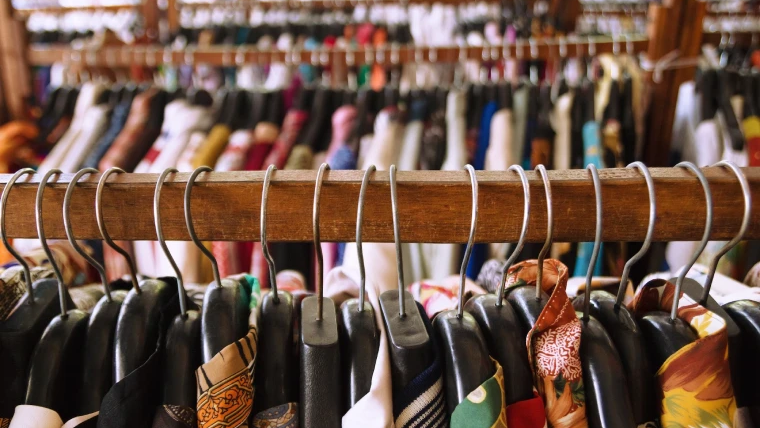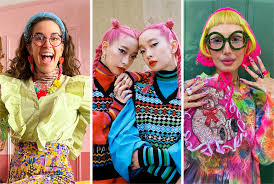Introduction
Ramadan and Eid are not just spiritual celebrations; they are also moments of cultural elegance. Ramadan and Eid fashion reflects modesty, sophistication, and a deep sense of tradition. As the festive season approaches, the demand for stylish yet comfortable attire rises. Women opt for flowing abayas, intricately designed kaftans, and modest dresses, while men embrace crisp thobes and embroidered kurtas. However, selecting the perfect outfit requires balancing tradition with contemporary trends. Let’s explore how to navigate fashion during this special time.
Embracing Modest Elegance
Modesty remains the essence of Ramadan and Eid fashion. Long silhouettes, breathable fabrics, and minimalistic designs define the season’s aesthetic. Flowy maxi dresses, embellished abayas, and tailored jalabiyas are go-to choices. Additionally, pastel shades and earthy tones dominate the color palette, exuding grace and subtle charm. Many fashion brands now cater to modest wear, offering collections that blend cultural heritage with modern sophistication.
Comfort Meets Style for Iftar Gatherings
Iftar gatherings demand outfits that combine elegance with comfort. Since long hours of fasting require breathable fabrics, linen, cotton, and silk become wardrobe essentials. Light embellishments, intricate embroidery, and soft hues enhance the overall appeal. Women often accessorize with statement earrings and delicate hijabs, completing the festive look. Meanwhile, men choose relaxed yet polished styles, ensuring both comfort and refinement.
Eid Morning: A Celebration of Colors and Embroidery
Eid morning marks a fresh start, celebrated with vibrant hues and intricate embroidery. Traditional outfits take center stage, with women opting for anarkali suits, embroidered kaftans, and beaded gowns. Soft pastels, jewel tones, and gold accents add a luxurious touch. In contrast, men embrace structured kurtas, brocade jackets, and embroidered thobes, elevating their festive ensemble. Accessories like beaded clutches, delicate bangles, and metallic sandals complement the overall attire.
The Influence of Social Media and Trends
Fashion influencers play a crucial role in shaping Ramadan and Eid fashion trends. Social media platforms showcase styling inspirations, helping individuals curate their festive looks. From hijab tutorials to modest fashion hauls, online content sparks creativity and trend adaptation. Additionally, designers release limited-edition Ramadan collections, blending contemporary styles with cultural significance. These curated pieces cater to the evolving preferences of modern consumers.
Sustainable and Ethical Fashion Choices
With sustainability gaining momentum, many individuals prioritize ethical fashion during Ramadan and Eid. Brands now offer eco-friendly fabrics, organic dyes, and sustainable production methods. Opting for handcrafted pieces, supporting local artisans, and investing in timeless designs contribute to responsible fashion choices. Moreover, repurposing existing outfits by mixing and matching accessories enhances wardrobe versatility.
Conclusion
Fashion during Ramadan and Eid embodies tradition, elegance, and modernity. Ramadan and Eid fashion trends continue to evolve, blending cultural heritage with contemporary influences. Whether embracing modest elegance, choosing comfort for iftar gatherings, or celebrating Eid morning in vibrant hues, the right outfit enhances the festive spirit. Social media, sustainable choices, and designer collections further shape this evolving fashion landscape. As the season approaches, selecting stylish yet meaningful attire allows individuals to express their identity with confidence and grace. What will your festive look be this season?




